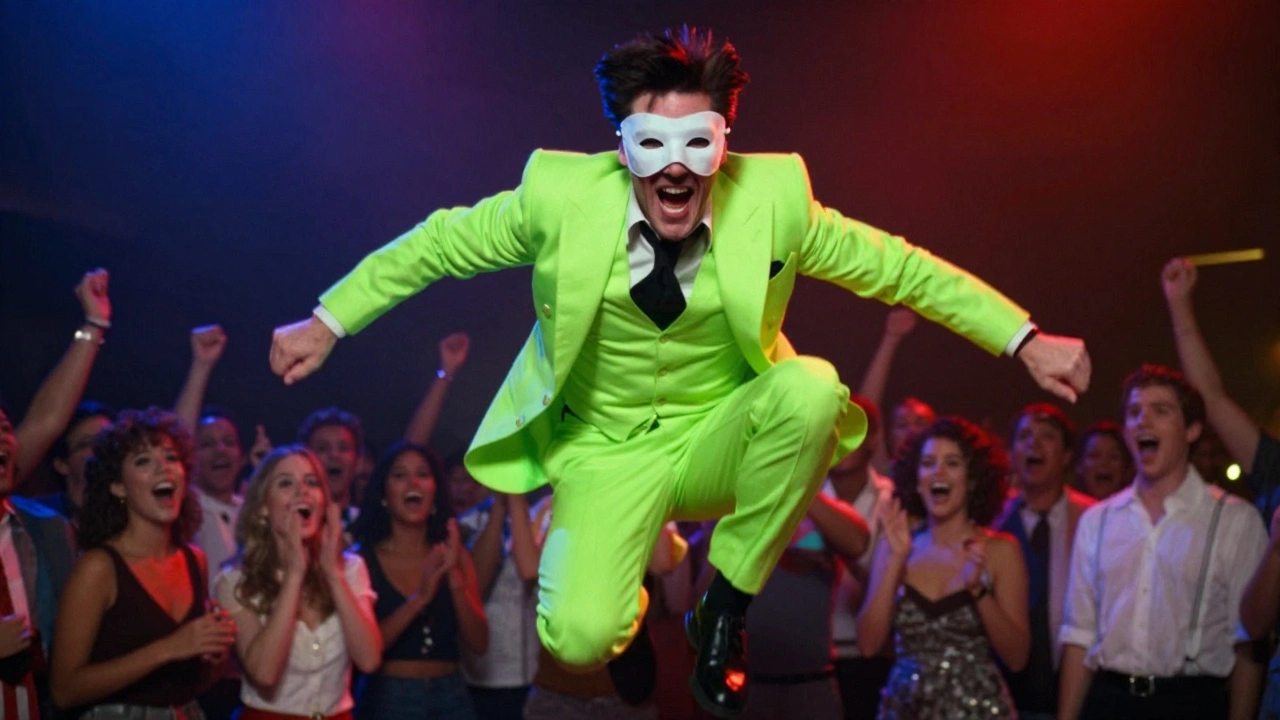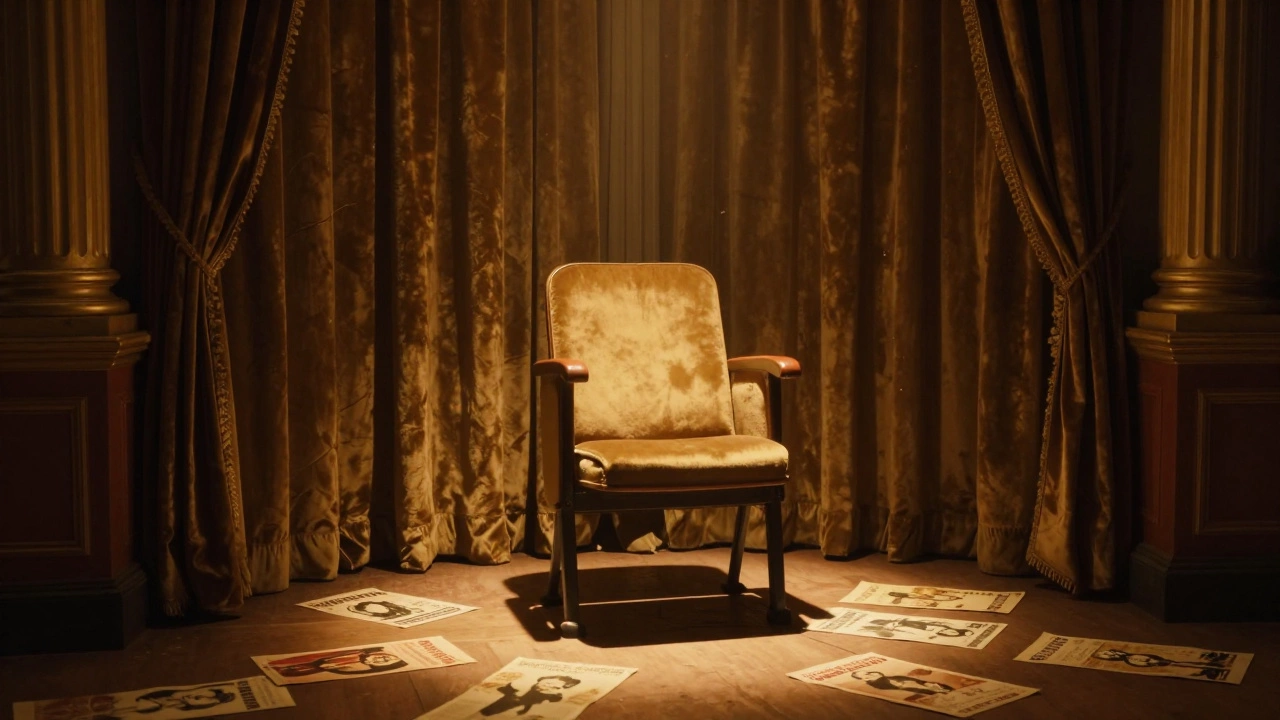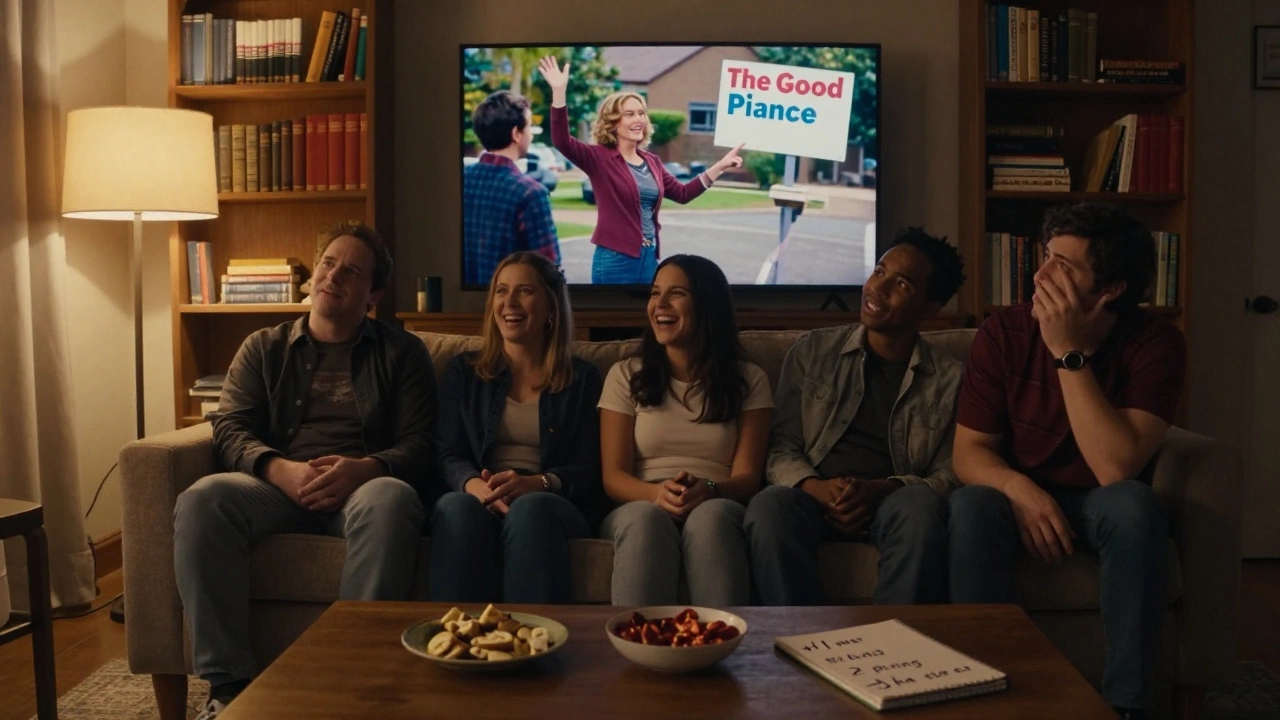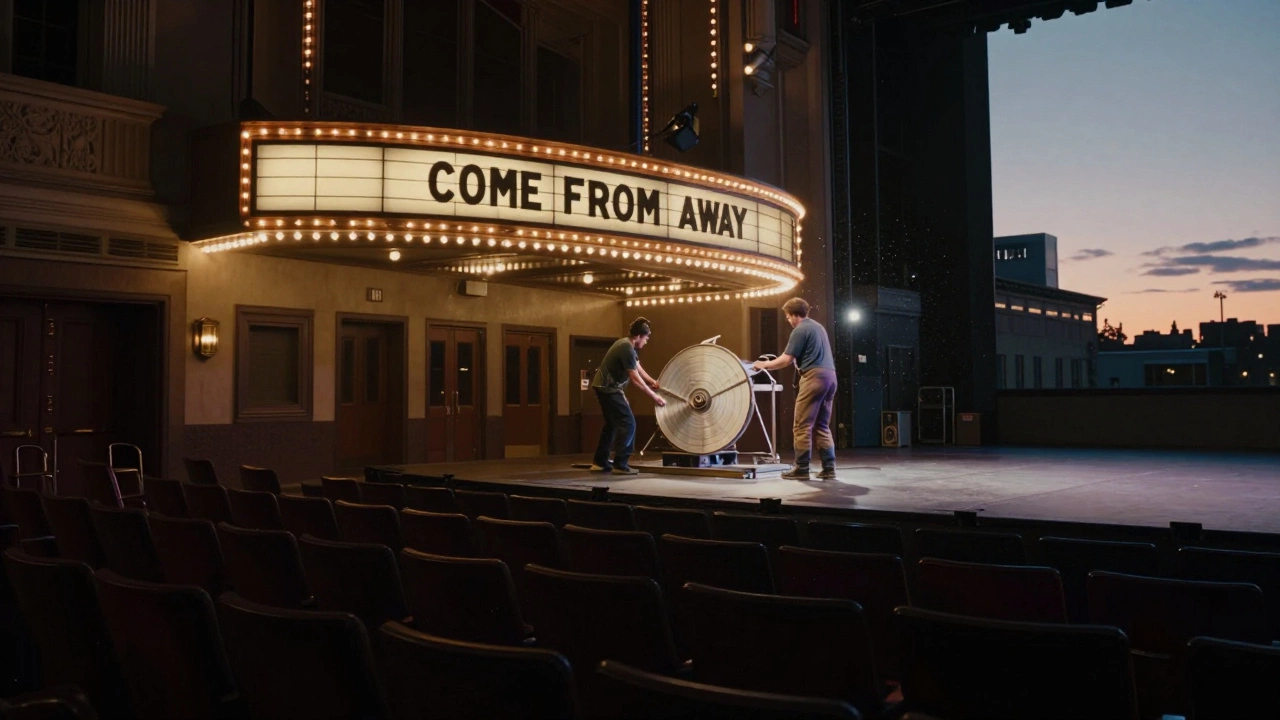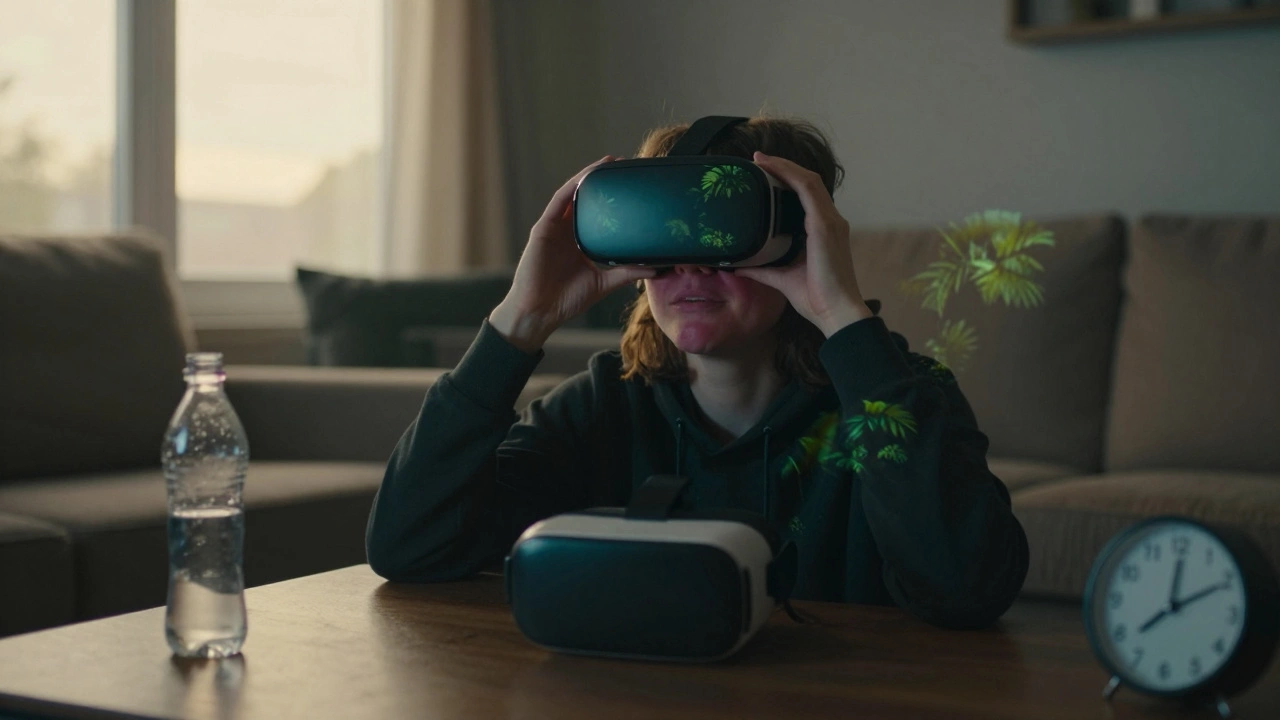4 Main Types of Recreational Activities Explained
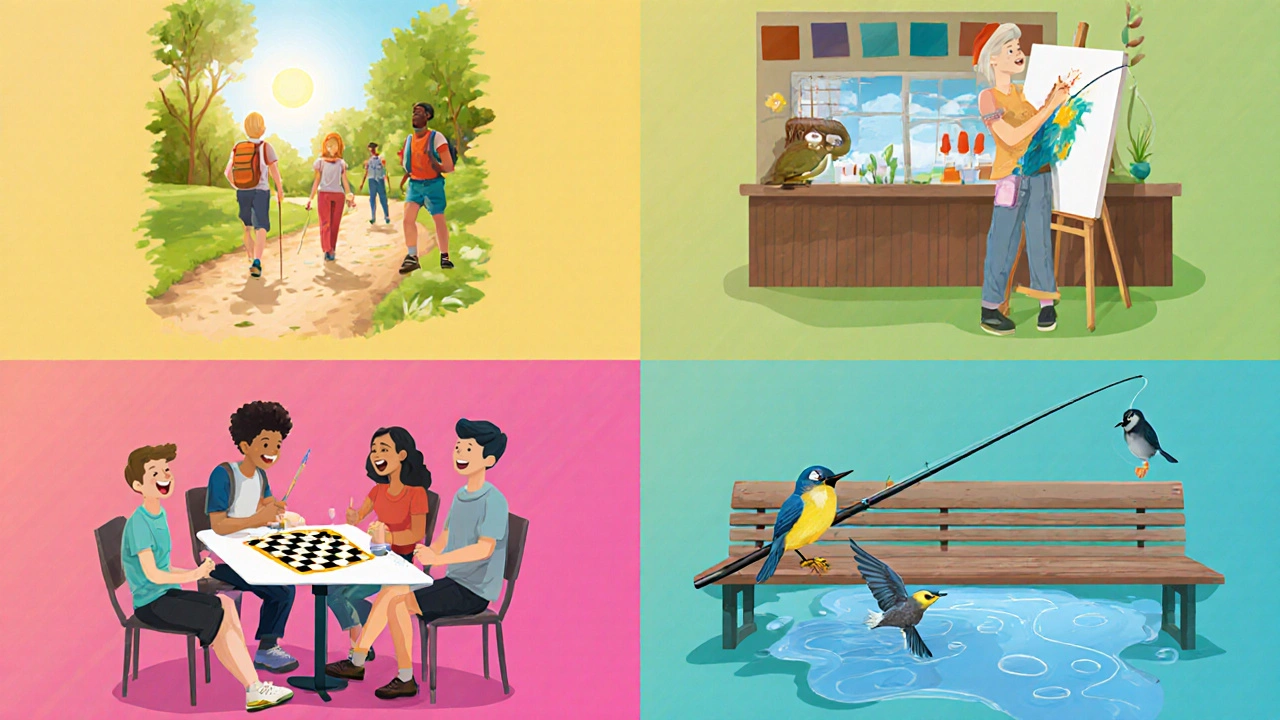
Leisure Balance Checker
How Balanced Is Your Recreation?
This tool helps you identify which of the four main recreational types you're currently practicing and suggests activities to try if you're missing any.
Select activities you currently do to see your current balance and get personalized recommendations.
Select your current activities:
Your Recreation Balance
Current Activity Mix
Select your activities to see your current balance
When you hear the word Recreational activity is any pastime people choose for fun, relaxation, or personal growth, you might picture a weekend hike or a board game night. The reality is broader - every leisure pursuit fits into one of four big buckets. Knowing those buckets helps you plan a balanced schedule, pick the right gear, and explain your hobby to friends or clients.
1. Physical Recreation
Physical recreation demands movement and often a bit of sweat. It ranges from low‑impact walks to high‑adrenaline sports. The core benefit is improved health - stronger muscles, better cardio, and a mood lift thanks to endorphins.
- Examples: hiking, cycling, swimming, rock climbing, team sports like soccer.
- Typical setting: outdoors or a dedicated facility (gym, pool).
- Gear: shoes, weather‑appropriate clothing, sometimes specialized equipment (bike, climbing harness).
2. Creative Recreation
Creative recreation lets you express yourself through making something new. It’s less about burning calories and more about mental flow and satisfaction.
- Examples: painting, photography, woodworking, cooking classes, playing a musical instrument.
- Typical setting: home studio, kitchen, community workshop.
- Gear: basic tools (brushes, camera, knives) and a space to create.
3. Social Recreation
Social recreation thrives on interaction. Whether you’re chatting over board games or joining a club, the goal is connection and shared enjoyment.
- Examples: board games, trivia nights, community festivals, volunteer projects.
- Typical setting: cafés, community centres, public parks.
- Gear: minimal - often just the game pieces or a volunteer badge.
4. Relaxation Recreation
Relaxation recreation is all about unwinding without pressure. It typically requires little preparation, focusing on mental calm and stress release.
- Examples: birdwatching, reading in a park, casual fishing, tai chi.
- Typical setting: quiet natural spots or a comfy chair.
- Gear: sometimes a simple pair of binoculars or a fishing rod.
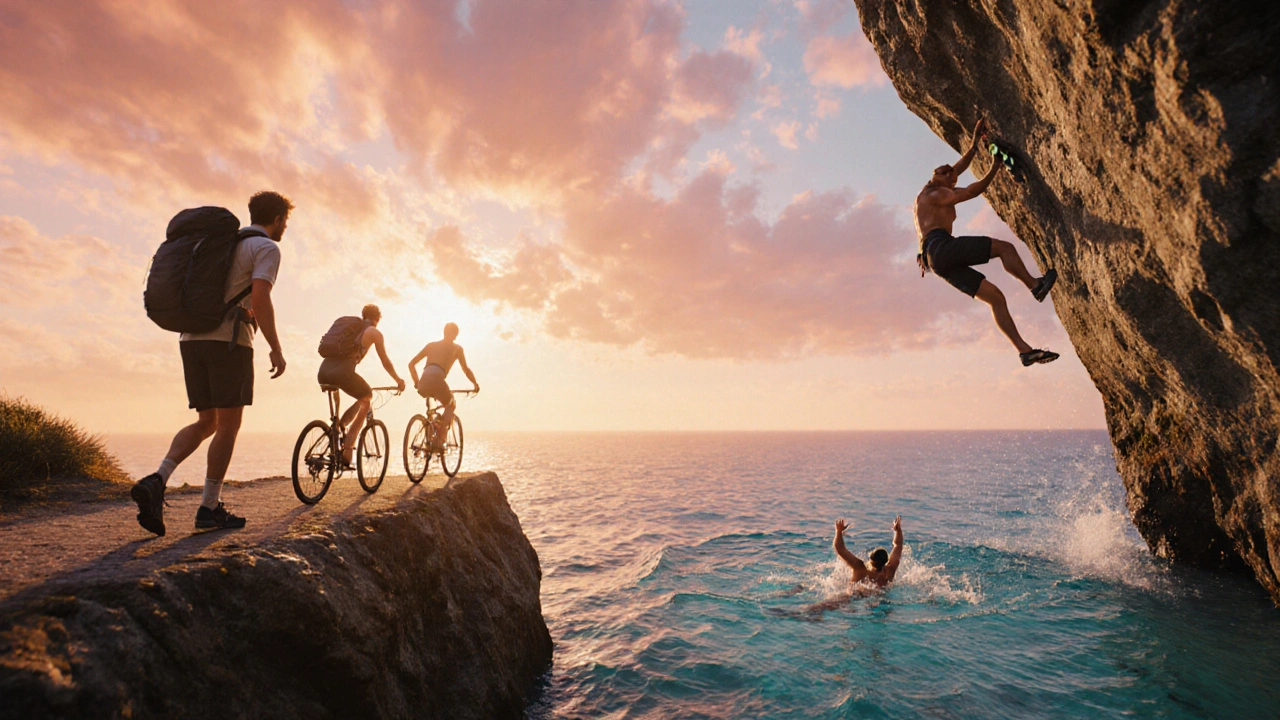
Quick Comparison of the Four Types
| Type | Typical Setting | Gear Needed | Main Benefits | Example Activities |
|---|---|---|---|---|
| Physical | Outdoors, gym, pool | Shoes, clothing, sport‑specific gear | Fitness, stamina, mood boost | Hiking, cycling, swimming |
| Creative | Studio, kitchen, workshop | Tools, materials, space | Self‑expression, skill growth | Painting, cooking, woodworking |
| Social | Café, park, community centre | Games, snacks, volunteer gear | Community, networking, fun | Board games, trivia nights |
| Relaxation | Quiet natural spots, home | Minimal - often just a chair or binoculars | Stress reduction, mindfulness | Birdwatching, casual fishing |
How to Choose the Right Mix for Your Lifestyle
Think of the four types as colors on a palette. A balanced leisure life blends them based on your goals, schedule, and local resources. If you live in Sydney, you have easy access to coastal walks (Physical), vibrant arts festivals (Creative), beach volleyball meets (Social), and sunrise yoga on the harbour (Relaxation). Start by listing what you already do, then add at least one activity from a type you’re missing. Schedule it like any other appointment - you’ll be more likely to stick with it.
Common Pitfalls and How to Avoid Them
- Over‑committing to one type: You might become ‘gym‑only’ and miss out on creative joy. Rotate activities weekly.
- Ignoring seasonal changes: Summer hikes are great, but winter calls for indoor creative projects.
- Skipping gear maintenance: A cracked bike tire can turn a Physical day into a hassle. Check equipment monthly.
- Not tracking benefits: Keep a simple journal - note energy levels after a Social game night versus a Relaxation walk.
Real‑World Examples from Everyday Australians
Emma, a 32‑year‑old graphic designer from Bondi, mixes surf sessions (Physical) with weekend pottery workshops (Creative) and monthly brunch meet‑ups (Social). She adds a weekly beach walk at sunrise for relaxation. After six months she reports lower stress, a new skill (ceramics), and a larger social circle.
Meanwhile, Tom, a 55‑year‑old retired teacher in the Blue Mountains, focuses on birdwatching (Relaxation) and light hiking (Physical). He volunteers at a local historical society (Social) and paints landscapes on the side (Creative). His varied routine keeps him active, mentally sharp, and socially engaged.
Getting Started Today
Pick one activity from each column of the table above and schedule them for the next week. Use a simple app or a paper planner - the key is to treat them as non‑negotiable appointments. Within a month you’ll see which type feels most rewarding and can adjust the mix accordingly.
FAQs
What counts as a recreational activity?
Any pastime pursued for enjoyment, relaxation, or personal growth - from hiking to knitting - qualifies as a recreational activity.
Can a single activity belong to more than one type?
Yes. For example, a group cycling tour blends Physical (exercise) and Social (team interaction) elements.
Do I need special equipment for every type?
Not always. Relaxation activities often need little more than a comfortable spot, while Physical pursuits may require sport‑specific gear.
How often should I change my recreational routine?
A quarterly review works well. Assess what’s fun, what’s beneficial, and rotate in new activities to keep things fresh.
Are there health risks with too much recreation?
Over‑exertion in Physical activities can cause injuries, and excessive Social outings may lead to burnout. Balance and listening to your body are key.
Understanding the four main types of recreational activities gives you a clear roadmap to a happier, healthier free time. Mix, match, and enjoy the journey.

